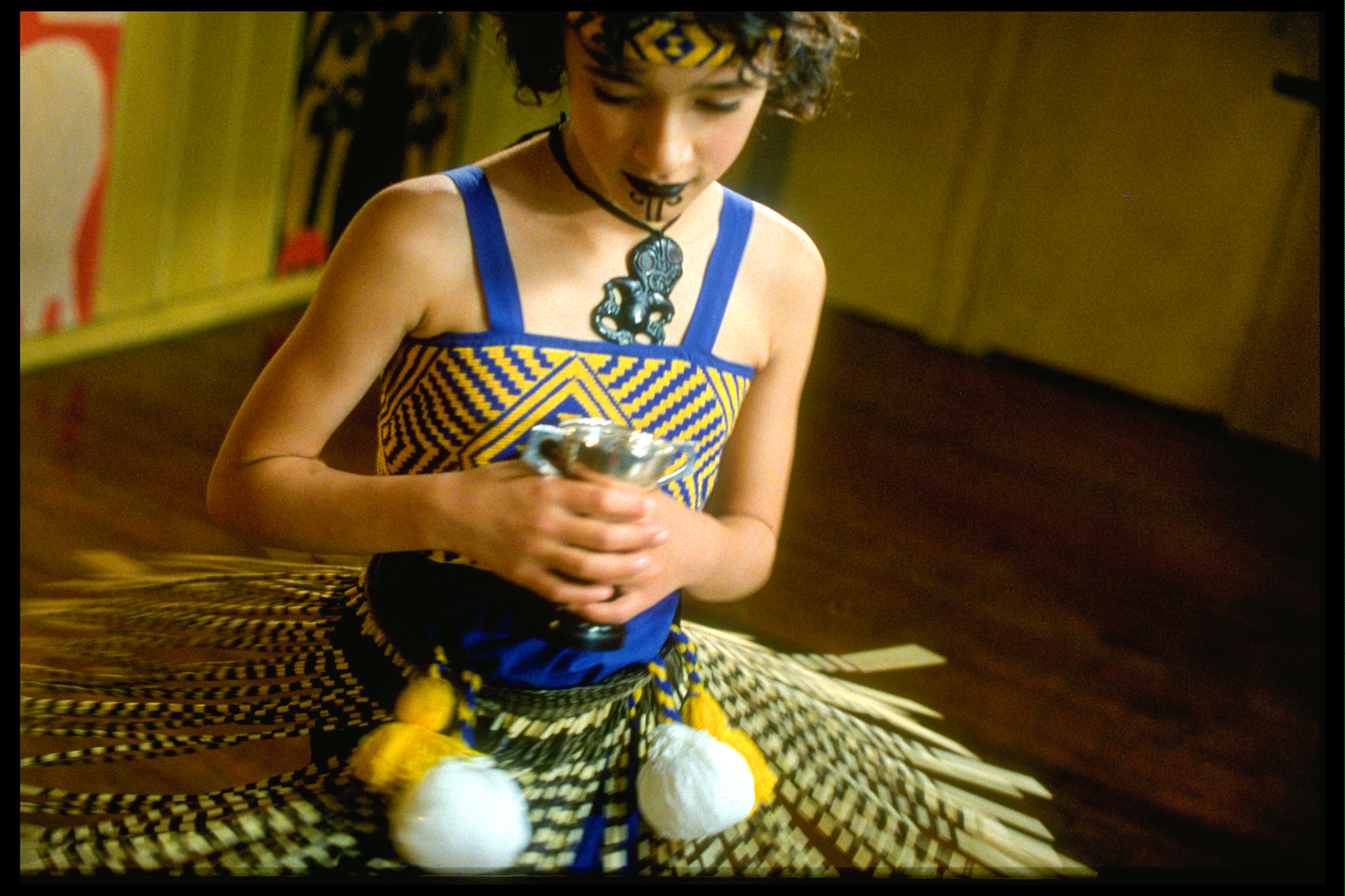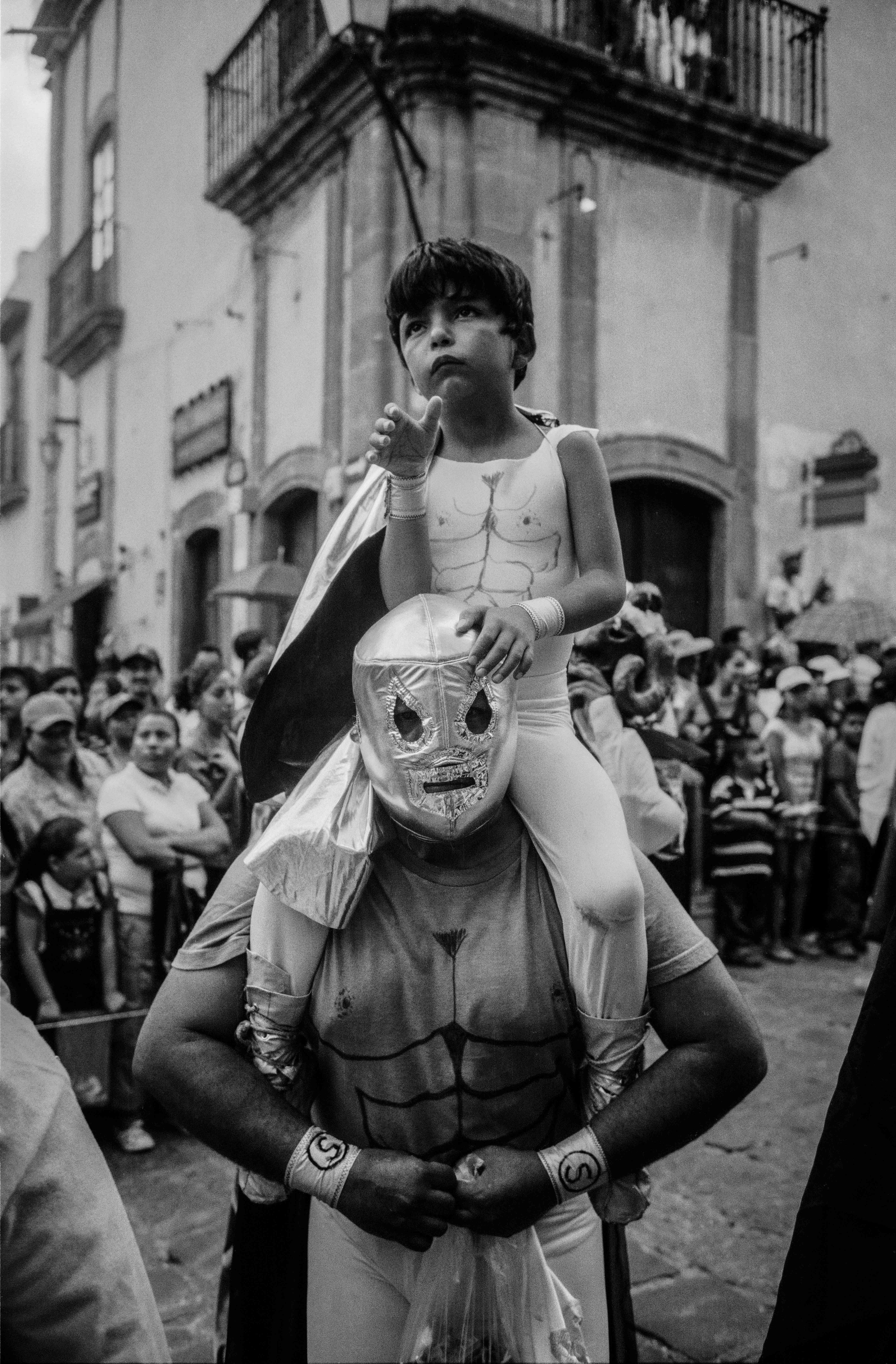Aotearoa Photography: Kirsty Griffin
Design Assembly recently got the opportunity to chat with photographer Kirsty Griffin to learn more about her life behind the lens, living in and capturing moments, working on iconic New Zealand films and her internationally celebrated documentary work.
This article is proudly brought to you by mychillybin.
![]()
How did you get started in the photographic industry?
The first thing I brought with my after school job was a camera. I learned all the darkroom techniques at High School and majored in it for School Certificate Art.
But really I got well into photography after I had been working in the art department in the Auckland Film Industry and decided it was time to face my passion and give it a go, so the natural progression was to work as an onset stills photographer in the film industry and it just went on from there really.
My first feature film stills job was ‘Whale Rider’ and my career just snowballed from there.

Making a small fortune out of photography in NZ generally means you need to start with a large fortune, so I feel very lucky that I can make a decent living doing what I love.
Some film jobs are much more satisfying than others and I’ve just finished taking the stills on Eleanor Catton’s “The Luminaries” filmed as a 6 part T.V show. It was really a great job to photograph and even better being a New Zealand story.
What I really like about photographing onset is that you have to be right there and present, extremely aware of whats going on around you be aware of the scene they are shooting and how the actors are feeling within the scene, what the film cameras are doing and knowing how far to push to get what could ultimately be the iconic shot to help promote the film. Some of the best shots happen when the film cameras aren’t rolling Like this iconic Whale Rider shot was taken during a lighting set up when Keisha was just being a young girl in a new outfit. It’s really a relationship between me and the actors. The best thing about my job is watching brilliant performances.

You work with both motion and stills do you have a favourite medium?
After working in the film industry for quite some time I wanted to spend more time developing my own style – find my own voice, as they say.
So in 2011 I took a year and a half off work and went to New York to study documentary photography and photojournalism – as story telling is what photography is really all about for me.
We learnt to multi platform with photography projects which means getting your work in print, galleries and of course the internet. It was there that I fell in love with making videos as a medium for telling short poignant aspects of a persons life. I initially started with stills edited with audio, Interviews and music then moving into video images this was the natural order of things.
I’m a better stills photographer than a video shooter but pride aside – you get a much broader audience reach with video as it is more accessible and has less mystique than going to a gallery or finding time to buy and then read a magazine. There’s really not a lot of point if no one gets to see your hard work.
One big lesson from my time in New York was that stories are everywhere and you don’t need to uncover the latest big bad news story , it’s the everyday people you walk past or the simplest domestic situation that interests me, exploring a side to a persons life that you may have never considered at first glance. Thats what I love about my doco work , invariably the people I work with make me laugh and cry so it doesn’t get much better than that.

How would you describe your work?
I like spending time with the people I’m photographing. You can get some intimate moments with people once they feel comfortable with you being around. But I also really like street photography – New York was great for that and when I travel thats what I tend to do.
I approach, my film stills in the same way and I feel it’s a mix of both the intimate moments and the broader moments on camera and behind the scenes.

What project, personal or professional, are you most proud of and why?
As much as I can be I’m home on the Thames Coast it has been great being part of a small community and discovering ‘The Supported Life Style Hauraki Trust’ – there are 80 residents of mixed ability living in its enclave and in 2016 my partner Viv Kernick and I made a web series “Amy Street” a series of short films about 9 of the residents.
What was really great about the web series is how the films have made the residents lives more visible and the town more inclusive toward them. That to me is the power of good story telling and why these stories need to be easily accessible to everyone. It’s a good enough reason to keep doing it. Our motives aren’t entirely altruistic as we won many international awards for our series which felt really good to be acknowledged by our peers.

What are you working on right now?
Viv and I have just finished a 60 minute documentary “House of Champions”. The doco is about 3 residents of ‘The Supported Life Style Hauraki Trust’ training and competing at the Special Olympics in Wellington. It’s really about their lives and the unique issues they face as well as having hopes and dreams like the rest of us. Using the training and the games as a vehicle to drive the film and to tell their story. Lawrence Arabia’s James Milne composed the sound track, his music has an other worldly quality to it so it really helps with the feel and pace of their lives. We made it with the support of NZ on Air and TV.3, who are broadcasting it later this year, we’ve also cut a longer film festival version so we hope the world like it as much as we do.
You can get updates on the films progress here https://www.facebook.com/houseofchampionsdoc/
I’m currently editing a short doco we shot in Thames and on the Chatham Islands.

What is your favourite subject to photograph?
To coin an old cliche I really like photographing people going about their lives with their equal amounts of complexities and directness, they are never as they first seem – its like peeling an onion.
I’d really like to do more photography for NGO’s In the past I have worked for a few in South Africa, Asia, the Pacific and in NYC. Which is often ordinary people who find themselves in extraordinary situations that are beyond their control. That interests me hugely, how as a species we adapt accordingly and do what is necessary to eat and keep going.
In NYC we were working with men fresh out of the homeless system and just out of incarceration and in need of a job, mainly African Americans. The NGO had set up various work skills programmes as most of these guys had never had a job – It became blindingly obvious that having something to do and somewhere to go every day can actually save a man’s life, a basic human need is to contribute and be alongside the greater community. They got us in to make a multimedia piece to help promote the graduates to potential employers . My best day with one of the guys was spent rat catching at the housing projects in the Bronx. He loved it and so did I.
How does New Zealand identity inform your work?
I don’t think my personal work is particularly New Zealand or has a strong sense of kiwi identity it’s more about the human race as a whole. I feel very much a part of the big wide world.




